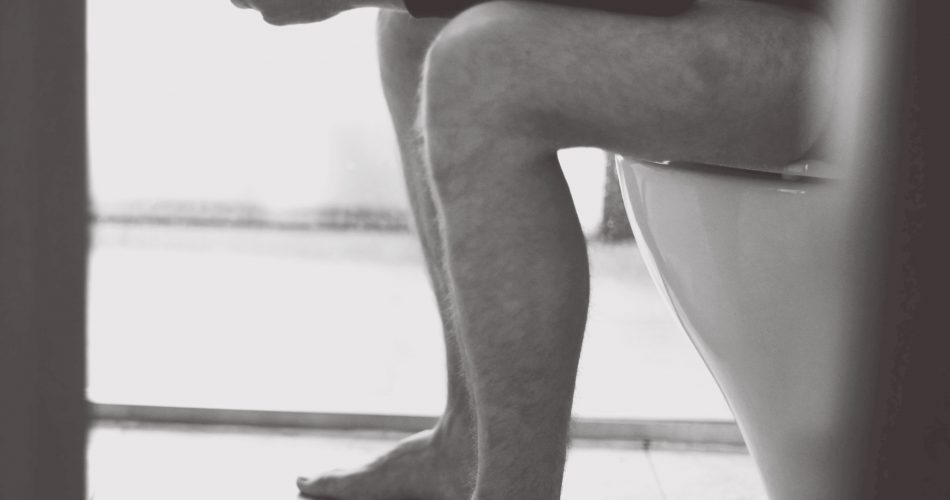From a real-life case to a scientific explanation
In order to avoid prosecution, Lamarr Chambers, a British guy, refused to poop out drugs he supposedly ingested. The prosecutor claimed he achieved this accomplishment by drastically reducing his food intake and simply refusing to go to the bathroom when the urge struck (although Chambers’ lawyer contested this, according to the BBC). Police dropped the charges when Chambers went 47 days without a bowel movement, and he was transported to the hospital for treatment.
This story leads us to wonder about what really happens in the human body when you stop pooping.
“I would not recommend that anyone willingly subject themselves to that”, says Dr. Ellen Stein, an assistant professor of medicine at Johns Hopkins University.
It is technically possible to refuse to evacuate “up to a certain point”, she explains, but the most common outcome is the formation of a “stoolball”, or a clump of solid, hard-packed stool in the colon. “Most people would start to leak around the stoolball”, even if it could stay put.
Another risk of a stoolball is that it creates significant pressure on the area beneath it, potentially leading to a deep and severe rectal ulcer. It can also hurt the delicate tissue in the anal area, resulting in “fissures”, or cuts or tears in the lining. This is really uncomfortable, as Dr. Stein explains it: “like a paper cut, but in a very sensitive area.” The fissure will not heal without a proper blood supply, which the stoolball frequently blocks, causing it to worsen over time.
Damage to the rectum and sphincter muscles, as well as distension (swelling) in those organs, will likely result in pain and reduced functionality.
“The rectum itself is supposed to have a certain shape, and if you’ve got a lot of stool for a long time it can get dysfunctional because it’s overloaded”, Stein says. “This can cause distension of the belly wall”. This is extremely unpleasant, and the distension can make even simple movements such as walking or bending over difficult.
It’s also extremely difficult for such a sensitive area to recover, and it can take months, if not years, to return back to normal. “Muscles usually coordinate and work together. Having been out of practice, sometimes you might need physical therapy to get back into shape down there”, Stein says.
For this problem, treatment usually entails exercises that educate the patient on how to relax and tense the pelvic muscles, allowing them to have more control over their bowel movements. However, if enough damage is done, no exercise will be able to fix the condition. “If it’s been a really long time, sometimes you don’t get back all of what you lost”, she says.
“After a long time of withholding stool, there might be a great sense of relief. However, most patients with severe chronic constipation actually may feel worse for a while after releasing stool”, she says. “The colon can get used to accommodating the stool and feel achy and uncomfortable as it contracts back towards normal size. Some folks have lost important sensory input and don’t feel much different at all for several weeks until the colon begins to function more normally”.
So, how frequently the average individual should poop? According to Dr. Stein, it can occur from three times a day to three times a week. Just don’t put it off for 47 days.
Source howstuffworks.com

